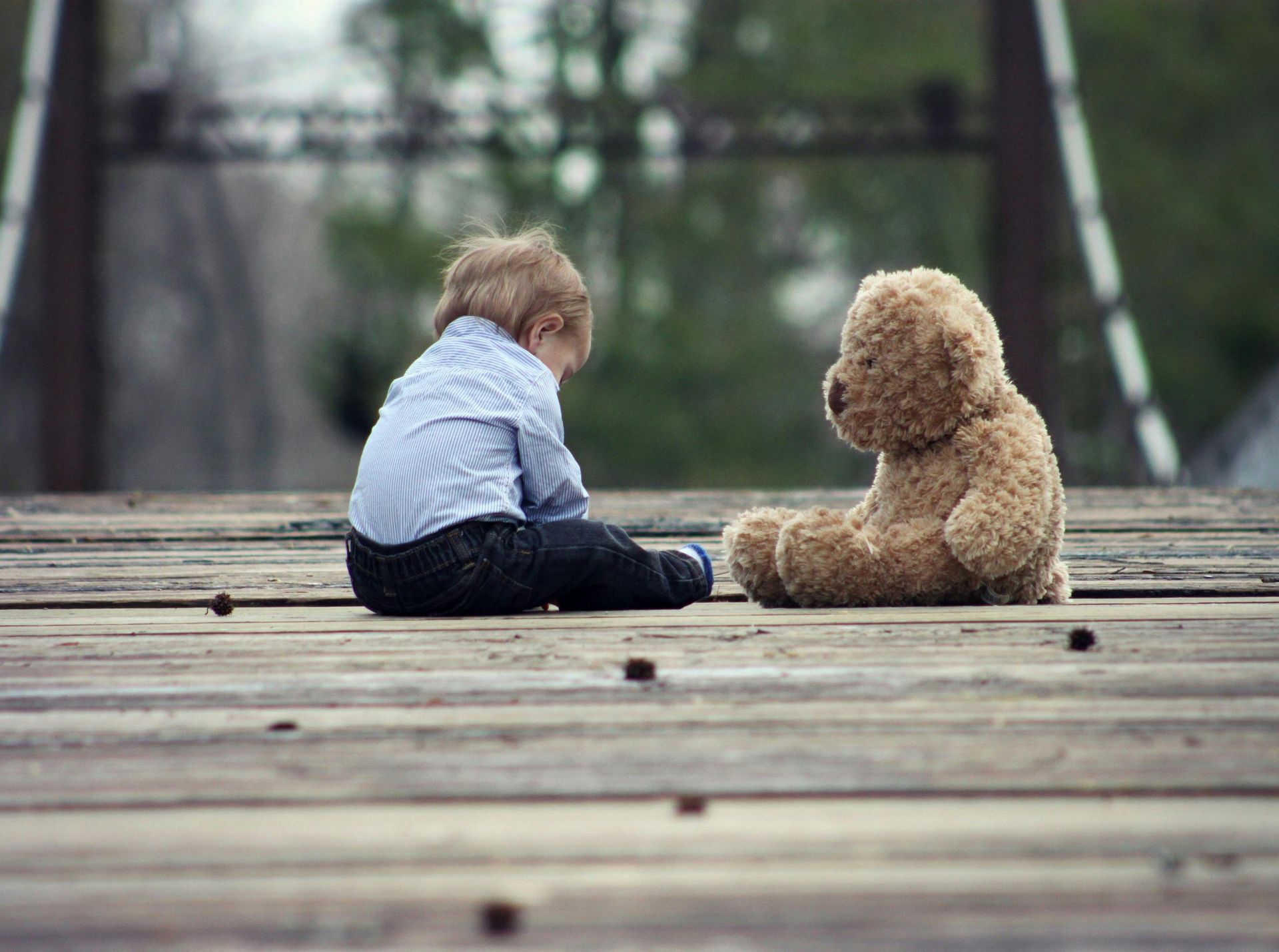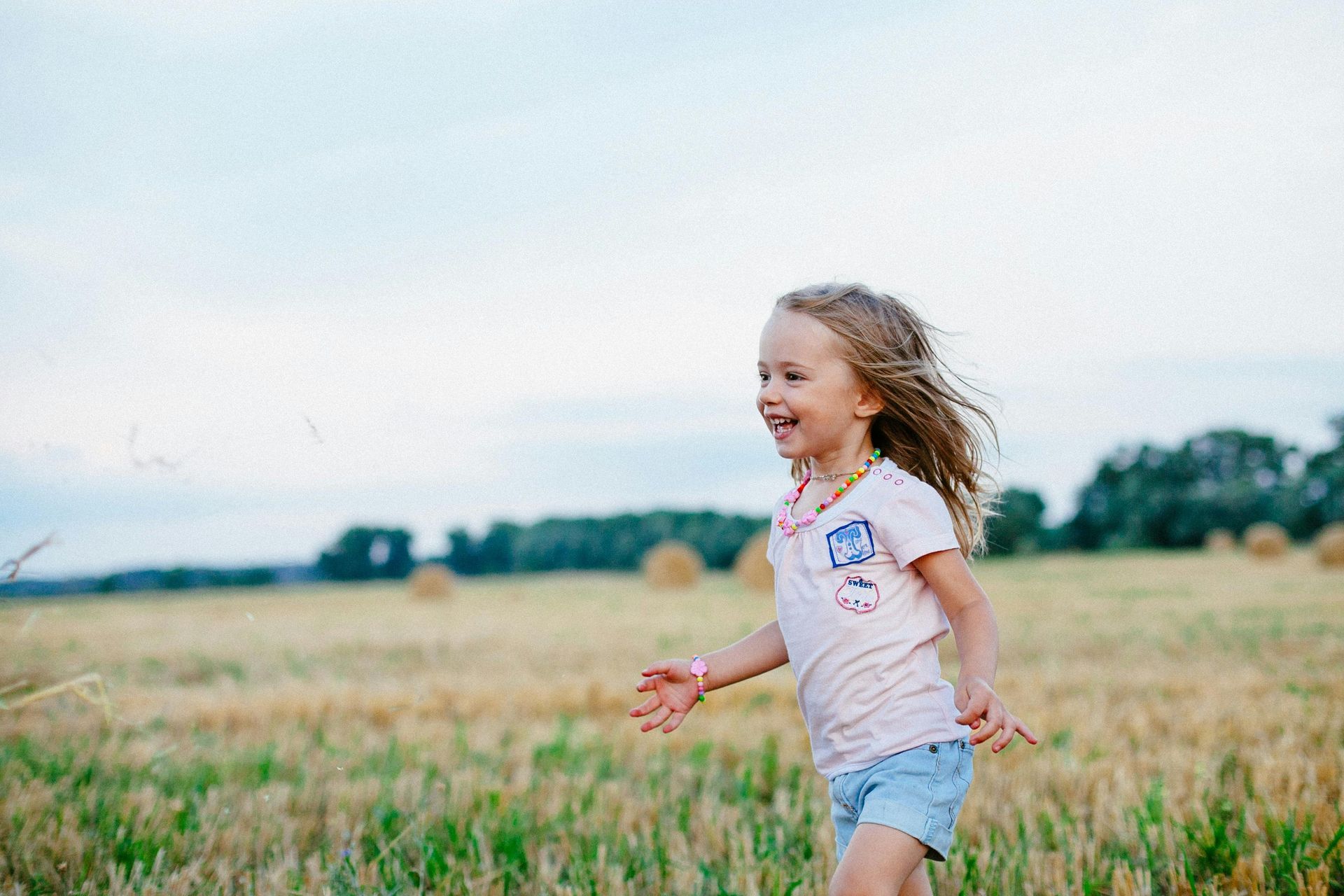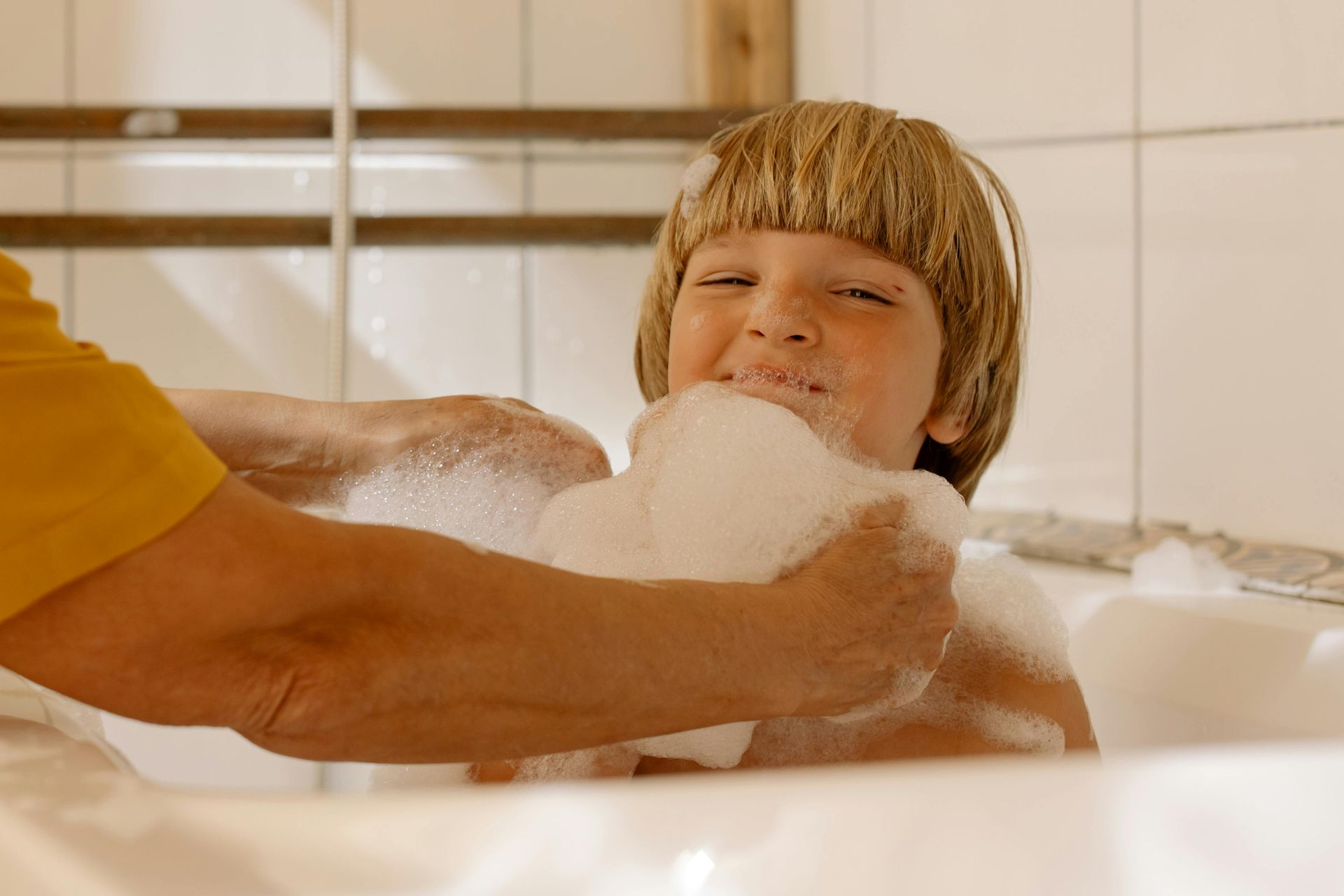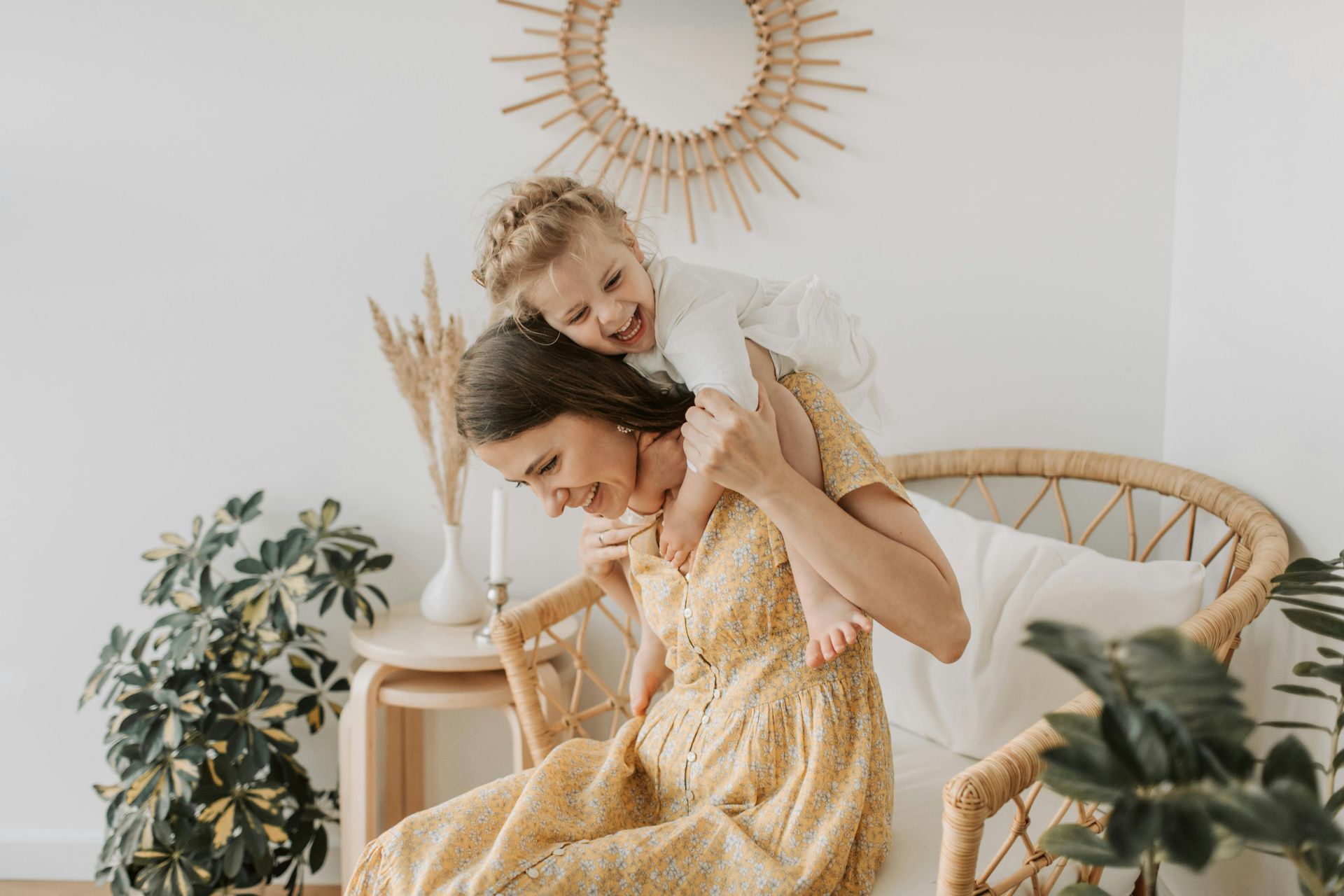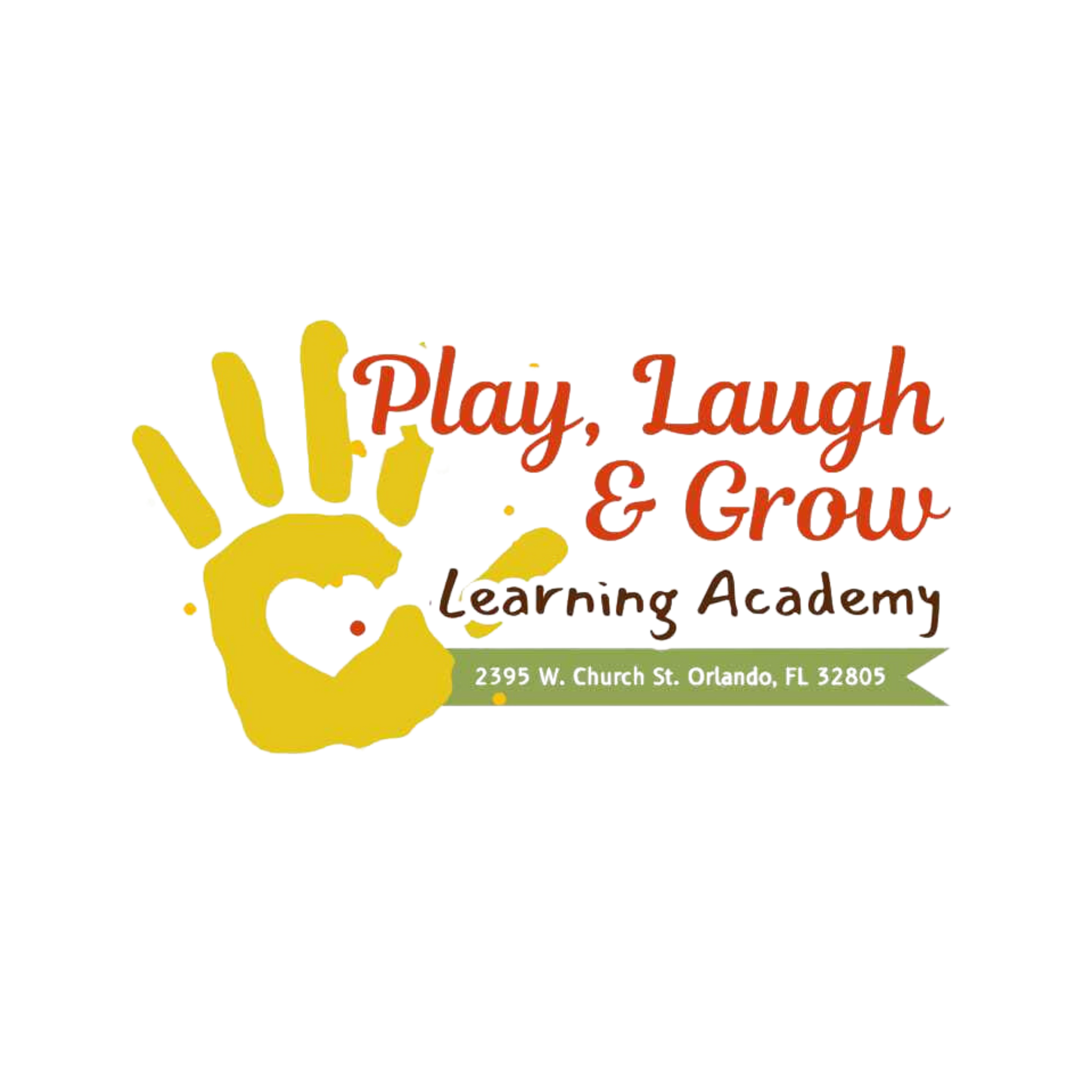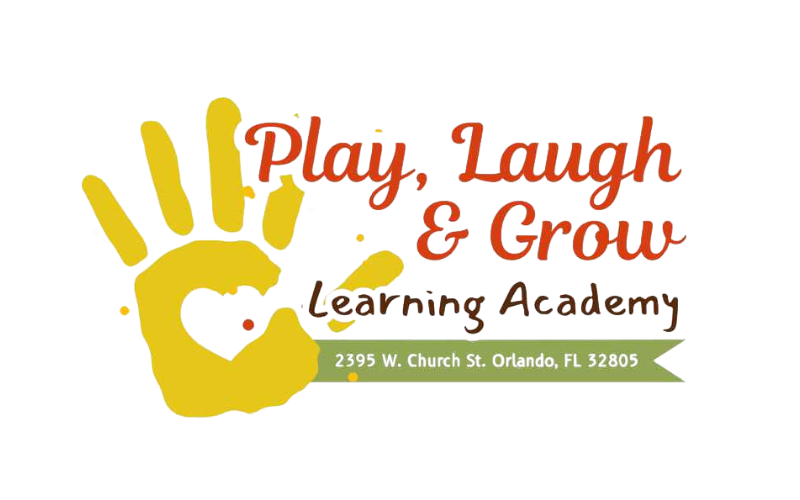Encouraging Creativity in Early Childhood: The Role of Imagination and Artistic Expression

As children develop, one of the most important skills they cultivate is creativity. Early childhood education provides an ideal setting for fostering this essential ability, which helps children solve problems, think critically, and express themselves. At Play Laugh and Grow Academy, we believe that creative activities—whether through drawing, building, or imaginative play—play a pivotal role in helping children develop a wide range of skills. In this post, we will explore how encouraging creativity in early childhood education can contribute to a child’s cognitive, emotional, and social growth.
The Importance of Creativity in Early Childhood Development
Creativity is often seen as an inherent trait that some children are born with while others may lack. However, creativity is not something that can only be "taught"—it’s a process of exploration, imagination, and expression. By encouraging creativity in the early years, children are given the opportunity to develop skills that go beyond what is typically taught in academic settings. Creativity enhances problem-solving, boosts self-esteem, and allows children to communicate in new ways.
1. Cognitive Benefits of Creativity
One of the most notable advantages of fostering creativity in early childhood is its positive impact on cognitive development. When children engage in creative activities, they stimulate their brains in ways that encourage innovative thinking and problem-solving. Whether they are building a structure with blocks, drawing a picture, or pretending to be a character in a story, children use their imaginations to think outside the box.
Creative play helps children practice critical thinking skills. For example, when building with blocks, children must figure out how to make their structures stable and find solutions when their creations don’t work as planned. These problem-solving experiences are invaluable in the development of intellectual skills that children will use in more complex academic tasks later on.
Moreover, engaging in artistic expression gives children a deeper understanding of abstract concepts. They may not know the technical aspects of color theory or symmetry, but when they experiment with colors and shapes, they’re exploring spatial relationships and visual thinking—key components of mathematical reasoning.
2. Emotional and Social Development Through Creative Play
Creative activities also support emotional and social growth in children. As they express themselves through art, music, and dramatic play, children gain a greater sense of autonomy and self-worth. Expressing emotions through creative outlets allows children to process their feelings in a healthy way, enhancing their emotional intelligence and resilience.
In group creative activities, children learn to share ideas, cooperate with others, and communicate their thoughts. Whether they’re collaborating on a mural or acting out a story in a group, these activities encourage teamwork and the development of social skills such as empathy, listening, and respect for others. Through these experiences, children learn how to navigate group dynamics and engage in social problem-solving.
3. The Benefits of Hands-On Learning and Creative Exploration
At Play Laugh and Grow Academy, we emphasize the importance of hands-on learning experiences that allow children to explore, experiment, and create. When children engage in hands-on activities like painting, sculpting with clay, or role-playing, they not only build fine motor skills but also develop a sense of ownership and pride in their creations. These activities help children refine their dexterity, improve their hand-eye coordination, and strengthen the muscles in their hands and fingers—all of which are important for future tasks like writing and drawing.
Hands-on creative activities also foster a love of learning by encouraging children to make choices, explore different possibilities, and discover what works and what doesn’t. This type of exploration encourages curiosity and self-expression, allowing children to become more confident in their abilities and more willing to take risks.
4. Creative Play in Action at Play Laugh and Grow Academy
At Play Laugh and Grow Academy, we incorporate creative activities into our daily curriculum to ensure that every child has the opportunity to explore their creative potential. Our classrooms are designed with an abundance of materials that inspire children to think creatively and express themselves in a variety of ways.
Here are a few of the ways we foster creativity at Play Laugh and Grow Academy:
- Art and Craft Stations: Our art stations are stocked with a variety of supplies such as paints, markers, paper, and clay, allowing children to experiment with different mediums. From finger painting to collage-making, children are encouraged to express themselves freely while developing their artistic skills.
- Imaginative Play Areas: We believe that imaginative play is a powerful tool for encouraging creativity. Whether it’s pretending to be a doctor in our pretend play corner or creating an entire city with building blocks, imaginative play helps children build storytelling skills, practice empathy, and explore different scenarios from multiple perspectives.
- Music and Movement Activities: Music is another important avenue for creative expression. Through singing, dancing, and playing instruments, children develop an appreciation for rhythm, sound, and movement. These activities also promote emotional expression and help children connect with their peers in a fun, interactive way.
- Outdoor Exploration: Nature is a wonderful source of creative inspiration. We encourage outdoor play and exploration, where children can gather natural materials like leaves, rocks, and sticks to create art or engage in imaginative storytelling. This type of hands-on exploration not only boosts creativity but also helps children develop a connection with the natural world.
5. Supporting Individual Creativity
While creativity is something that can be fostered in group activities, it is equally important to allow children the space and freedom to explore their own creative interests. At Play Laugh and Grow Academy, we recognize that every child has their unique way of expressing creativity. Some children may be more drawn to drawing and painting, while others may prefer building or storytelling.
Our teachers work closely with each child to understand their interests and provide personalized support to nurture their creativity. By offering individualized encouragement and opportunities, we help children develop a sense of confidence in their creative abilities and encourage them to continue exploring their interests.
Discover how unlocking the power of play-based learning supports early childhood development and the importance of cultivating emotional intelligence in young children for their future success by reading Unlocking the Power of Play-Based Learning for Early Childhood Development and Cultivating Emotional Intelligence in Young Children: A Crucial Skill for Success.
Conclusion
Creativity is not just about making art—it’s about encouraging children to think, explore, and express themselves in new and meaningful ways. Through creative play, children develop critical thinking skills, emotional intelligence, and social awareness that will serve them throughout their lives. At Play Laugh and Grow Academy, we are dedicated to creating an environment that fosters creativity, helping children grow into imaginative, confident, and well-rounded individuals. By embracing creativity in early childhood education, we give children the tools they need to thrive in a rapidly changing world.
